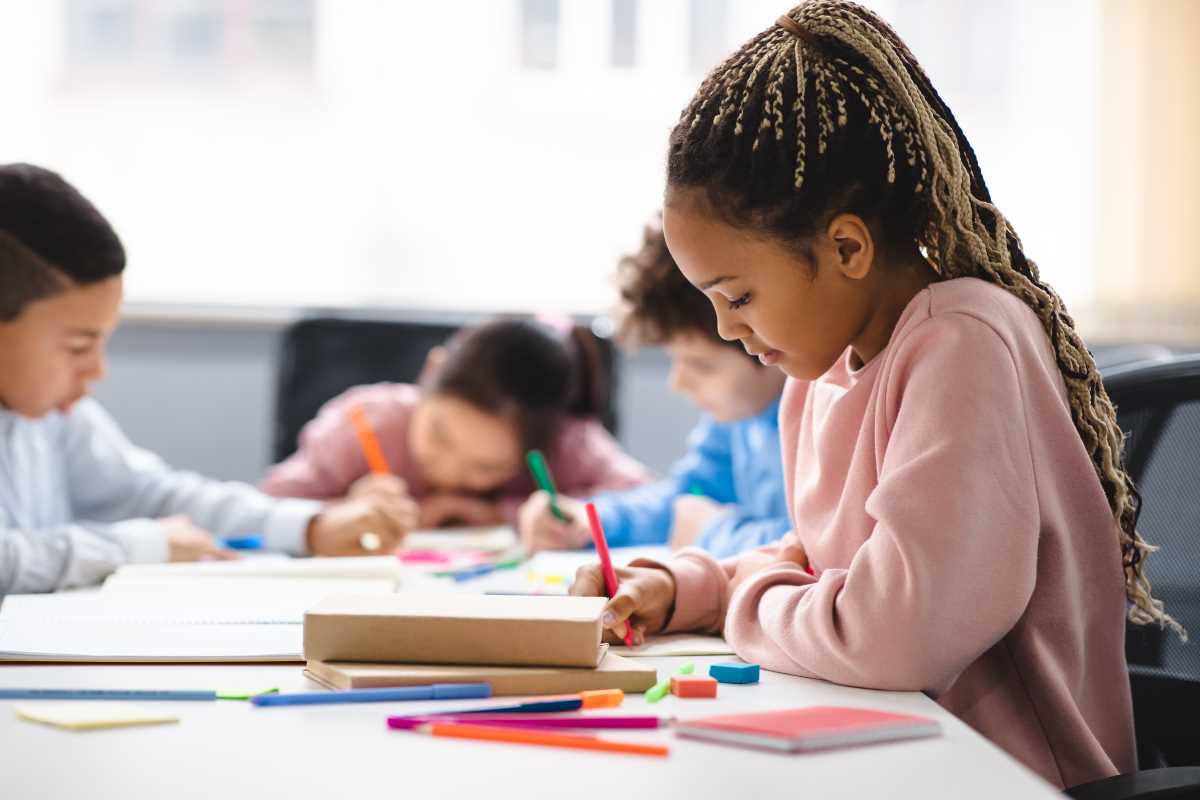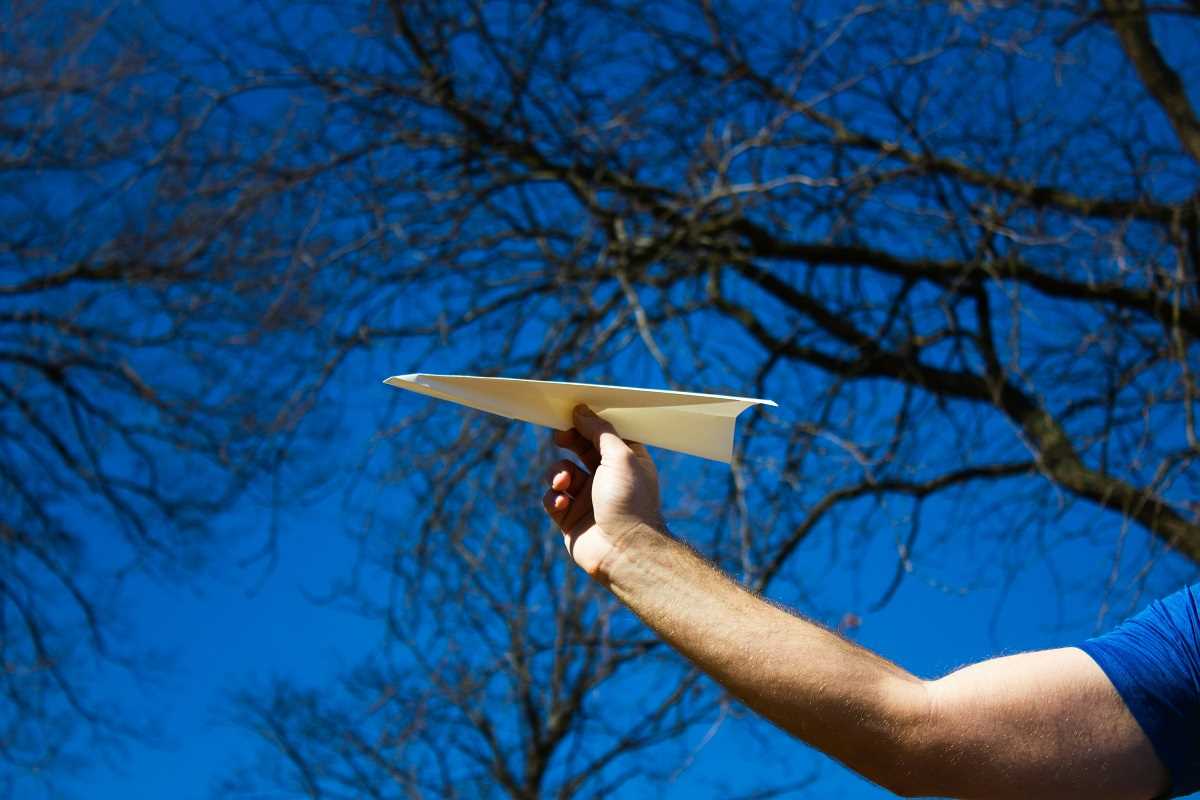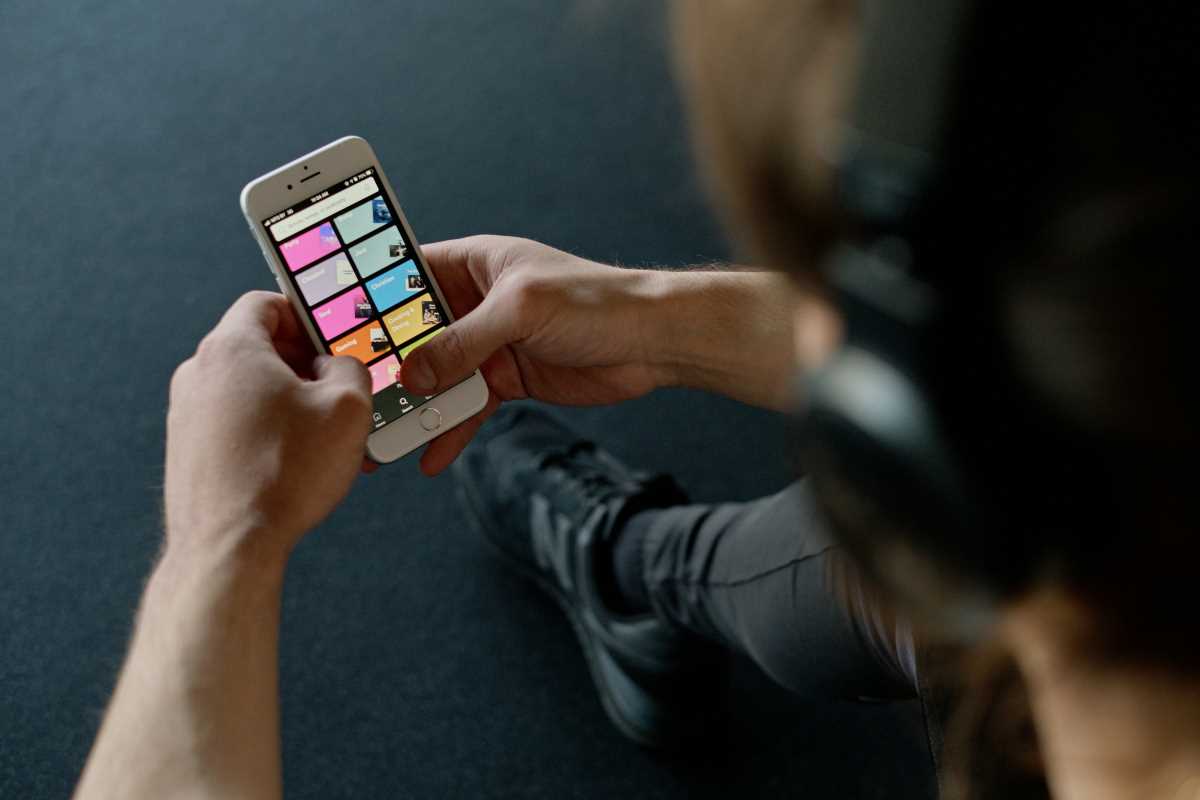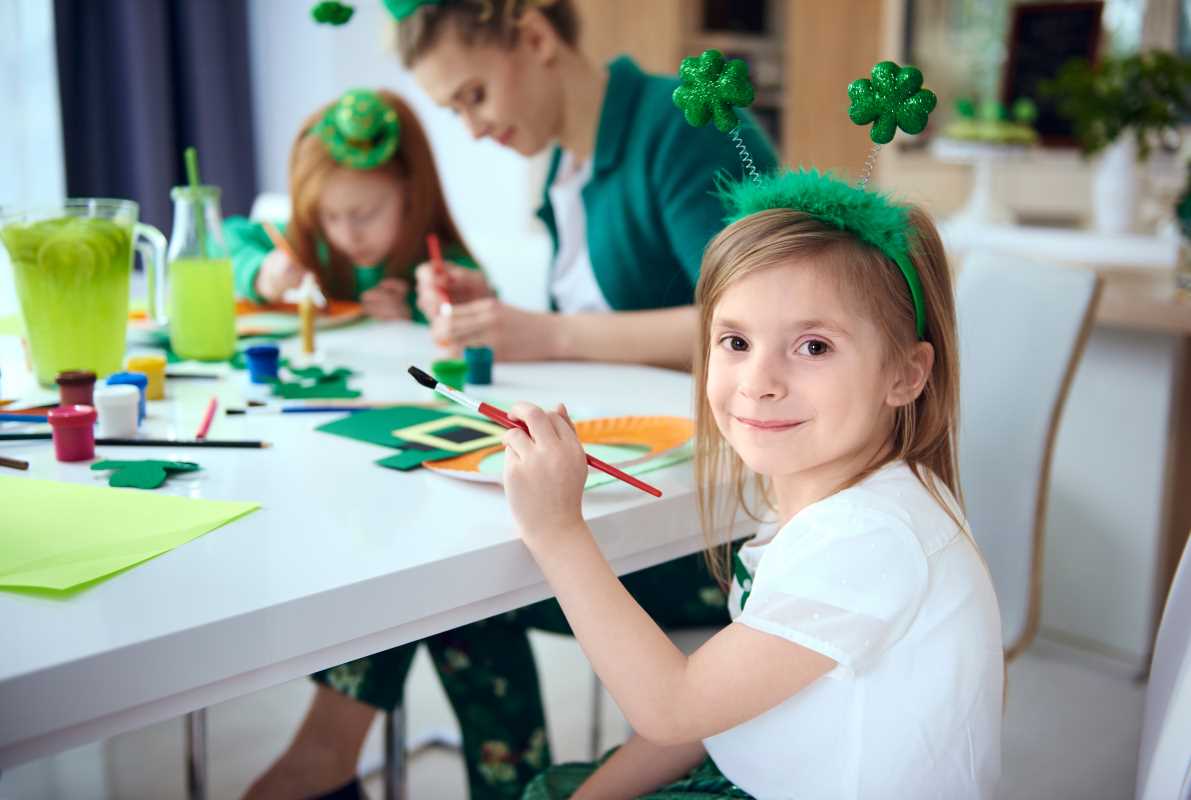Kids are natural-born creators. Give them a blank sheet of paper, and suddenly, it’s a treasure map, a rocket ship blueprint, or a portrait of the family dog with superhero powers. But creativity isn’t just about drawing—it’s about problem-solving, storytelling, and thinking outside the box. Instead of just handing over crayons and hoping for the best, parents can encourage deeper, more imaginative thinking with a few simple, playful challenges. These are some fun and engaging ways to spark creativity in kids and keep their imaginations growing.
Set Up an “Inventor’s Challenge”
Kids love to tinker, so why not give them a problem to solve? Challenge them to invent something new using everyday household objects.
How to do it:
- Provide random materials like paper towel rolls, cardboard, tape, string, and bottle caps.
- Give a challenge like, “Build a machine that delivers snacks!” or “Create a boat that can float in the bathtub.”
- Let them test their designs, make adjustments, and explain how their invention works.
This activity encourages problem-solving and hands-on creativity—plus, parents might just end up with some very unique "helpful" devices around the house.
Flip the Storytelling Script
Most kids love listening to stories, but what about making up their own? Instead of just reading a bedtime book, flip the script and let them take charge of the story.
Ways to do it:
- Start a story with one sentence and have each family member add a line.
- Show them a random object (a sock, a spoon, a rubber duck) and ask, “What’s its secret life like?”
- Let them record their own audiobook with silly voices and sound effects.
Turn Art into a Mystery Game
A blank page can sometimes be intimidating. Instead of just asking kids to draw something, turn it into a creative mystery.
Ideas to try:
- Start a doodle on a piece of paper, then pass it to them and say, “What do you see? Turn it into something new!”
- Fold a paper into thirds—one person draws a head, another a body, and the last person draws the feet without seeing the whole picture.
- Have them draw an “invisible” creature—what does it look like? How does it move? What does it eat?
These activities turn art into an interactive, unexpected experience.
Give Them “Backwards” Building Blocks
Instead of traditional building sets with instructions, challenge kids to create something entirely their own using random materials.
Ways to challenge them:
- Provide a pile of LEGO bricks but no instructions—just a simple goal like “Make a bridge strong enough to hold a toy car.”
- Hand them recyclables and say, “Build the tallest tower you can without glue or tape!”
- Have a “no-hands” building challenge—can they build something while only using spoons or tongs?
Open-ended building lets kids experiment, problem-solve, and think beyond the usual approach.
Play the “Wrong Answers Only” Game
Encourage kids to think in new ways by asking them silly questions and having them give the most incorrect—but creative—answers possible.
For example:
- “Why do giraffes have long necks?” (Wrong answers only!)
- “What happens when you mix blue and yellow?”
- “Why do people need to brush their teeth?”
This is a great way to show kids that creativity isn’t always about being right—it’s about exploring fun, unexpected ideas.
Let Them Redesign Something Ordinary
Creativity thrives when kids feel like their ideas matter. One way to challenge their thinking is to let them redesign something they see every day.
Ideas to try:
- “Design a new kind of backpack—what special features should it have?”
- “Invent a new type of ice cream—what crazy flavors should exist?”
- “If you could change how the family car looks, what would you add?”
Encouraging kids to rethink everyday objects helps them see the world as something they can shape and improve.
Make Music Without Instruments
Music doesn’t have to come from a piano or a guitar—kids can make sound with just about anything!
Ways to get them thinking musically:
- Challenge them to make their own instrument using household items.
- Have a “kitchen band” where pots, spoons, and rice-filled containers become drums and shakers.
- Ask, “What would your name be if you were a famous musician? What kind of music would you play?”
Music builds creativity and confidence, even when it’s made with cereal boxes and wooden spoons.
Encourage Creative Problem-Solving
Instead of answering kids’ questions immediately, flip it back to them and let them come up with their own ideas first.
For example:
- Instead of answering, “How do birds fly?” ask, “What do you think? If you had wings, how would you fly?”
- When a toy breaks, say, “How do you think we could fix this?” instead of fixing it for them.
By letting kids explore their own solutions first, they develop creative thinking skills that go beyond art and crafts.
Challenge Them to Use All Five Senses
Creativity isn’t just about what kids see—it’s about how they experience the world with all their senses.
Ways to challenge their thinking:
- Have a “mystery smell” test where they close their eyes and guess different scents.
- Ask, “What would music taste like if it had a flavor?”
- Have them describe how different objects feel without looking at them.
Encouraging kids to engage with their surroundings in new ways sparks their imagination and curiosity.







